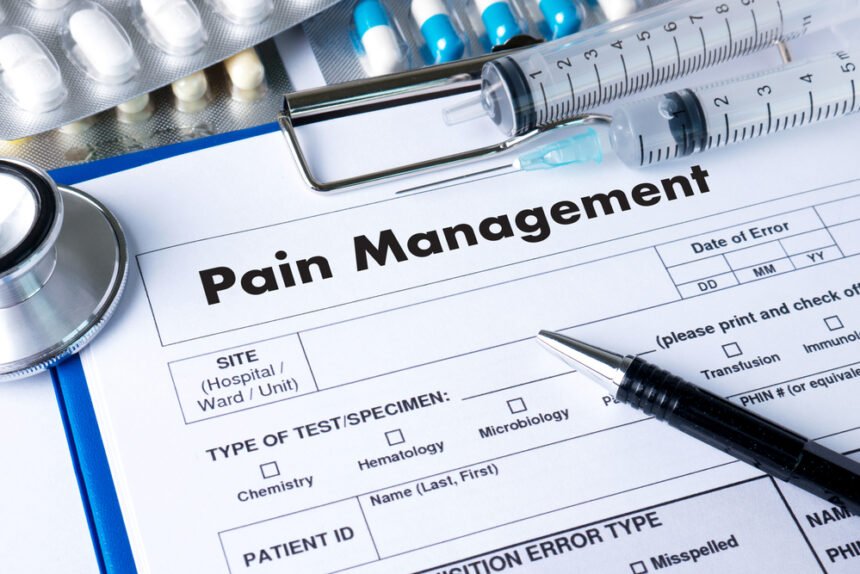Living with chronic pain is mentally, physically, and emotionally challenging. Those who experience pain every day find that it gets in the way of living and creates a vicious cycle that impacts them and the people they love.
Pain management is a multifaceted job. Here are eight healthy habits that can assist with proactive pain management and healthy living.
Practice Stress Management
While we tend to think of stress as a mental state, it’s often a huge trigger for physical pain. That’s because stress has a physical impact on the body by releasing hormones and creating a sense of hyper-awareness that stems from evolutionary practices.
Unfortunately, stress is a normal part of life. However, there are healthy ways to manage stress and prevent it from dominating your existence. Practice stress management through mindfulness, movement, and meditation. Learning to cope in a healthy way can mitigate the impacts on your body.
Make Time to Move
Movement can be one of the most challenging aspects of dealing with chronic pain, as there’s a fine line between healthy movement and causing more damage. It can also be a battle to get moving when you’re feeling unwell.
Work with your physician to find a form of exercise or movement that will help rather than harm. Even something simple, like going for a brief walk, can be restorative. Pain management specialist Dr. William Lautman indicates that pain management requires a holistic approach that focuses on staying active and maintaining an overall healthy lifestyle. Find a form of movement that works for you and make time for it every day.
Create a Sleep Routine
Sleep is when your body does its best work. However, if you’re in pain, it can be difficult to get enough sleep. This is a paradox that many chronic pain patients find themselves battling each day.
Create a sleep routine that makes rest a habit and sends signals within your body that it’s time to sleep. Consider cutting caffeine after lunchtime and removing screen time up to an hour before bed. Make time to read, journal, or take a bath every evening— something that your body will come to recognize as a trigger to relax.
Add Nutritious Foods
Many chronic pain sufferers have heard that cutting certain inflammatory foods can help. While this is true, it’s often harder to focus on cutting foods than adding foods. Set a goal to add nutritious food to your diet, a little at a time. Start by adding vegetables to one meal or drinking a glass of water each time you eat. As you nourish your body, it will become easier to replace trigger foods without focusing on restriction.
Track Daily Metrics
Set aside time each day to note what’s happening in your mind and body. Write your pain level with some notes about your activities throughout the day. This resource can help you identify triggers, track treatment progress, and let go of stress.
Find a Grounding Routine
When your pain is flaring up, it can feel impossible to focus on anything else. Create a grounding routine to move through the pain and distract yourself. Grounding routines are often used in anxiety treatments and can help shift your focus. Here are some common grounding routines to try.
Practice Positive Self-Talk
When you’re in pain, it’s all too easy to fall down a slippery slope into negative self-talk. Work to create a positive self-talk routine that encourages you and helps give you the self-confidence to get through the day. Learn to recognize when you’re engaging in negative self-talk so that you can change your internal narrative.
Connect with Kindred Spirits
Finally, make time each day to connect with someone who understands what you’re experiencing. Read a blog post, send a message on a forum, or participate in a support group. Knowing you’re not alone is half the battle.
With these eight tips, you can make the burden of chronic pain a little lighter.

